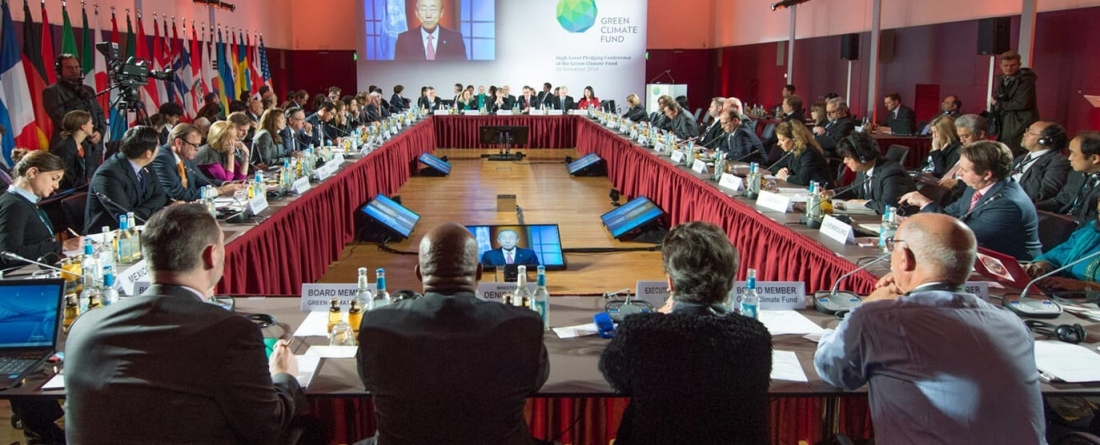
How do multi-stakeholder governance initiatives form? What drives or impedes cross-sector cooperation? And when are multi-stakeholder approaches most effective?
Solving pressing global challenges requires cross-sector collaboration between states and various non-state actors (NSAs), including international organizations, nonprofit organizations and industry. Trends associated with globalization have empowered non-state actors in a range of issue areas, including human rights and civil conflict, infectious disease and climate change, cybersecurity and outer space. They are transforming governance processes and outcomes, sometimes in concert with states and sometimes independently.
Despite the growing importance of multi-stakeholder approaches to global problem-solving, our understanding of how these interactions occur and how they affect policy outcomes is embryonic. The term “global governance” has been in vogue since the 1990s, but scholars and practitioners do not agree about what that term means, how it functions, and when it matters.
Project Details
CISSM’s research seeks to shed light on how multi-stakeholder governance initiatives form, what drives or impedes cross-sector cooperation, and when multi-stakeholder approaches are most effective. It aims to bridge the gap between academic scholarship and policy practice by assessing the strengths and weaknesses of different conceptions of global governance. It aspires to help improve global problem-solving by identifying ways in which greater inclusion of NSAs in governance processes could produce better results.
Questions that interest CISSM researchers include why and when do states, international organizations, nonprofit organizations and industry cooperate? How do global governance arrangements compare across issue areas and what explains variations in their design and effectiveness? If different types of stakeholders can agree on a shared vision and a set of principles, will a bottom-up strategy of letting each decide how to implement those understandings in a way that reflects their own interests, resources and constraints produce the greatest good for all concerned? Or, does multi-stakeholder governance work best with leadership by one or more powerful countries, with orchestration by the United Nations or another international organization or with some type of steering committee that includes NSAs?
CISSM also seeks to make connections across issue areas. Do the dynamics that shape actors’ behavior during global health emergencies translate to other areas such as human trafficking prevention and climate change governance? What happens when addressing a global challenge requires cooperation between communities with very different approaches to multi-stakeholder involvement, such as when those who believe that internet governance is best done primarily by the private sector and civil society must work with those who see cybersecurity predominantly as an intelligence and national security problem?
CISSM researchers are examining issue areas where NSAs have played important roles for decades, as well as ones, like arms control and nonproliferation, that have historically been controlled by national governments but now include initiatives driven by industry, civil society and nongovernmental organizations. CISSM personnel have decades of experience conducting inter-disciplinary research and developing policy recommendations to reduce nuclear risks, manage challenges associated with emerging technologies and promote international cooperation on other important security problems. Adding a focus on governance increases attention to the processes determining whether or not cooperative agreements in these issue areas can be made, ratified, implemented, and expanded over time.
